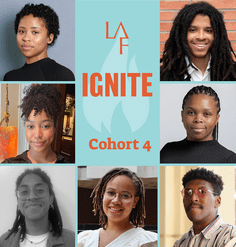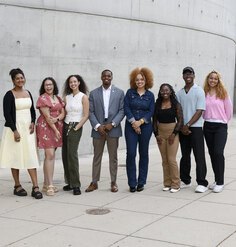Olmsted Scholar Feature: Movement as Experience
By Elise Hubbard, 2010 University Olmsted Scholar
Streets are influential public spaces that hold potential to positively affect people's daily routines.
Being a recent graduate of Kansas State University, and new to the working professional world at BNIM in Kansas City, my walk to work has become one of the most valued parts of my day. I love the simple morning atmosphere filling my lungs and stimulating my senses. As my body moves, so also does my mind to engage in the world around me. Walking to work is a part of my day that supports “an expanded state of awareness, accountability for daily actions, and the potential for a richer spectrum of experience for individuals and communities” (SlowLab).
I am passionate about the role of streets in urban life because I see how much the street environment can affect people’s daily lives. I believe bicycle and pedestrian circulation is a slower-pace transportation mode that allows for deeper, more meaningful human experience and perception of the world outside ourselves. For these qualities to surface in human experience, bicycle and pedestrian infrastructure must be an integral part of the transportation network. As integral parts of the transportation network, safe and enjoyable bicycle and pedestrian circulation can foster meaningful time in transit through more natural speeds of engagement and active presence.
It is my hope that Landscape Architects and other Planning and Design Professionals can strengthen meaningful experience in transit. Elizabeth Meyer says, “I do not believe that design can change society, I do believe it can alter an individual’s consciousness and perhaps assist in restructuring her priorities and values” (Meyer 2008). Movement corridors should be wonderfully designed landscapes because they are public places used by people every day. I believe the design of these public places holds great potential to positively influence people’s mind, body, and spirit.
Although I do believe design can inhibit or assist in positively impacting people’s lives, improving the quality of people’s lives ultimately comes down to being aware of the world outside ourselves. As we become more aware of the world outside of ourselves, we begin to meet the needs of people and improve the quality of life around us. I appreciate how Allan Jacobs describes community: “people acting and interacting to achieve in concert what they might not achieve alone” (Jacobs 1993). We should strive to live in greater community, engaging with and serving people around us. I believe that landscape architects, as a body of designers who love, respect and care for the environment, have the power and responsibility to assist in re-centering human consciousness to see, hear, taste and feel the beauty of life within and around us.










